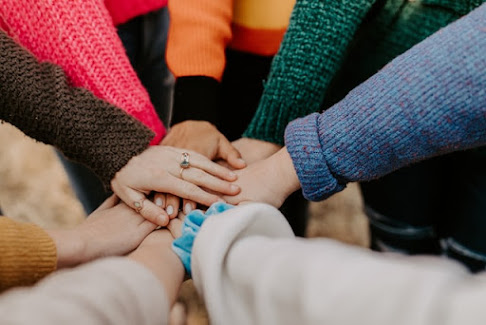Sharing and Learning - topic 2
There are quite deep questions arising when discussing whether to open or not our courses or
materials. Should science and knowledge owned by anyone? Should we, as teachers and
content creators, claim exclusivity over the teaching material, or can it be used for other
colleagues around the world even? What is the extent of our social responsibility as educators?
These are of course questions that cannot be answered in a blog post, but I can share my
reflections and learnings on this topic. Looking beyond our individual practices, it is a matter of social responsibility. Opening education can be a way to contribute to adress inequalities. Indeed, open education is encouraged by supranational organisations. The European Union and UNESCO, for example, have their guidelines and resources. However, there are certain distinctions and questions that need to be addressed before deciding to produce or use open content, or opening a course completely.
As explained by Weller and Anderson (2013), the question of openness in education has two interconnected sides (see Weller and Anderson, 2013). First, open as available for everyone who is interested in accessing the information you want to provide -Open Access Publishing-. Second, open as a offering a course without entry restrictions, free entry and based on the use of free and open digital tools -Massive Open Online Courses-. It is a relevant distinction, although the challenges that both may find could be similar, and both are not opposite but most likely, complement each other.
Open Access publishing (Weller and Anderson, 2013). When approaching openness as freely accessible, the rationales can vary from generosity, social responsibility (David Wiley, undated) all the way to marketing. Then, we are facing questions of intellectual property and possible lack of control (or sensation of lack of control) over the content and learning processes.
Massive Open Online Courses (MOOCs) (Weller and Anderson, 2013). When approaching openness more comprehensively, a whole course including the content, tools and learning process, the questions are more directed towards how to use them and harness digital tools to improve the learning process, the impact on our institutions and students that are formally enrolled and, in most cases, paying fees, or the time dedication required. On the other hand, challenges of privacy, control over who takes the course (in terms of numbers and backgrounds), data, uneven digital literacy amongst students, arise.
None of these issues are easy to solve, and in most cases strong institutional support is crucial. But the fact that we are discussing this in a MOOC is a good start!
Weller, M., & Anderson, T. (2013). Digital resilience in higher education. European Journal of Open, Distance and E-Learning, 16(1), 53.
David Wiley, undated.Ted Talk https://www.youtube.com/watch?v=Rb0syrgsH6M




To me, this is also matter of the content. And the context. This is one of the things that really was an eye opening. I agree, we don't own the content. But what about the context? If I aim to teach students in my institution, programme, course and build my course for them, what do the others get from that? Should I change the context? Sometimes yes, but in my opinion, sometimes it in purposeful to keep things small and have the context so that the persons participating feel the safe learning environment and the chance to learn.
ReplyDelete